South America’s history goes far beyond the Machu Picchu and Christ the Redeemer sites. These lesser-known historical treasures are spread throughout the continent’s beautiful landscapes and seascapes.
As an archaeologically impressive region, one will come across places with great archaeological value. The colonial towns are rather well-preserved and one can view the past beautiful way of living within the historical framework.
Chan Chan, Northern Peru
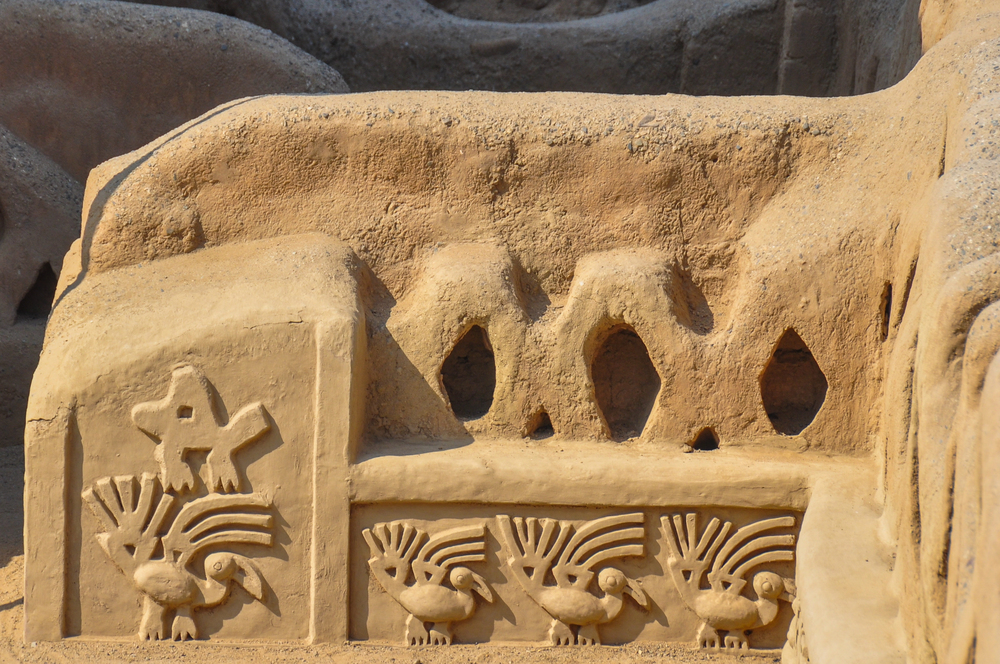
The sprawling adobe city of Chan Chan is the largest pre-Columbian city in South America, spanning over 7 square miles. Once the capital of the Chimú Empire, this ancient metropolis housed an estimated 60,000 inhabitants during its peak around 1200 AD.
The city’s intricate relief carvings depict scenes of daily life, while its sophisticated water management system reveals the advanced engineering capabilities of its builders. Inside the walled compounds, you’ll find ceremonial plazas, royal tombs, and storage facilities that vividly depict pre-Incan urban planning.
The site’s relative obscurity compared to other Peruvian attractions means you can explore its maze-like corridors in peaceful solitude.
Quilmes Ruins, Argentina
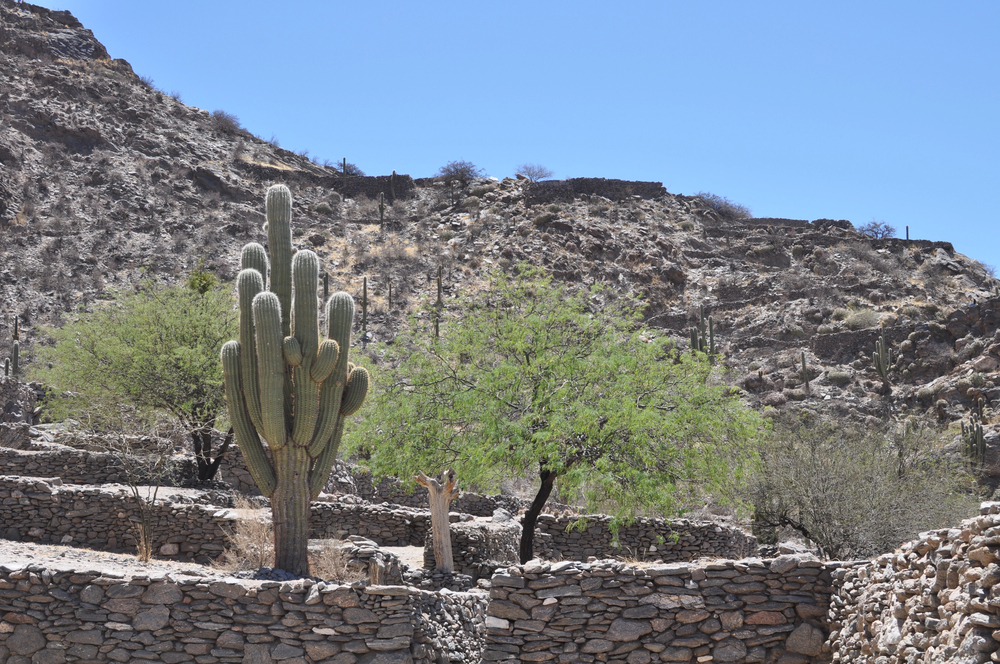
Perched high in Argentina’s Calchaquí Valleys, the ancient city of Quilmes tells a tale of resistance against Spanish colonization. These sprawling ruins, built between the 9th and 16th centuries, once housed up to 5,000 people in a terraced fortress city.
The stone fortifications, climbing over 984 feet up the mountainside, showcase remarkable architectural ingenuity. Walking through the site reveals grain silos, residential quarters, and defensive structures that helped the Quilmes people maintain their independence until 1667.
The panoramic views from the upper terraces stretch across the vast valley, offering the same strategic advantage that once protected this proud civilization.
Like Travel Pug’s content? Follow us on MSN.
São Miguel das Missões, Brazil
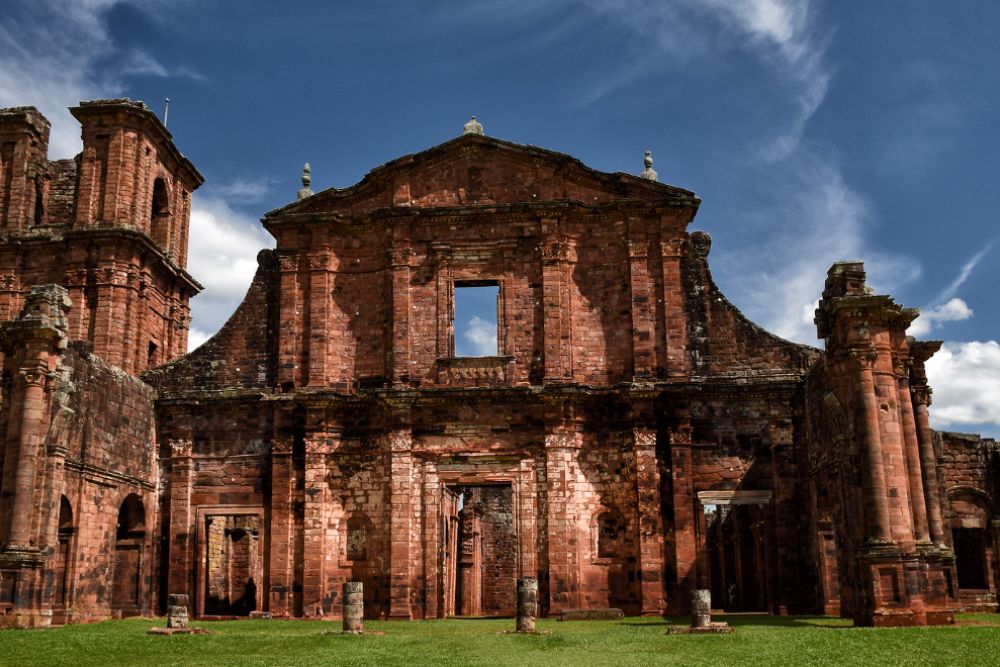
Tucked away in Brazil’s southern state of Rio Grande do Sul, the ruins of São Miguel das Missões are a testament to Jesuit missionary work among the Guarani people. The red sandstone remains of this 17th-century mission complex include one of the most impressive church facades in South America.
The site’s museum houses an exceptional collection of Baroque sculptures created by indigenous artisans. These ruins tell a complex story of cultural fusion, where European and indigenous traditions merge to create unique artistic expressions.
The evening light and sound show brings the mission’s history to life, illuminating the architectural details against the starlit sky.
Kuelap, Northern Peru
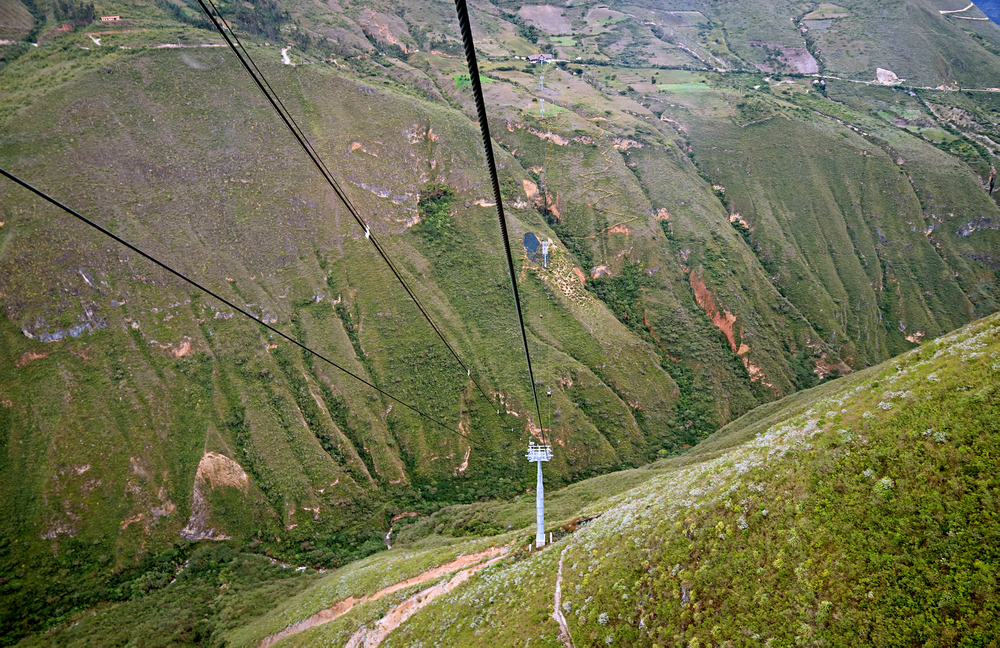
The ‘Machu Picchu of the north,’ fortress city Kuelap, towers on a limestone ridge at 9,842 feet above sea level. Constructed by the Chachapoyas people circa 500 AD, the imposing complex boasts more stone than the Great Pyramid of Giza.
The site’s unique circular structures and ornate friezes reflect the sophisticated culture of the ‘Warriors of the Clouds.’ A cable car system has recently improved Access to the site, but it still receives only a fraction of Machu Picchu’s visitors.
The cloud forest surrounding your exploration of this pre-Incan marvel adds an otherworldly atmosphere.
Chiribiquete National Park, Colombia
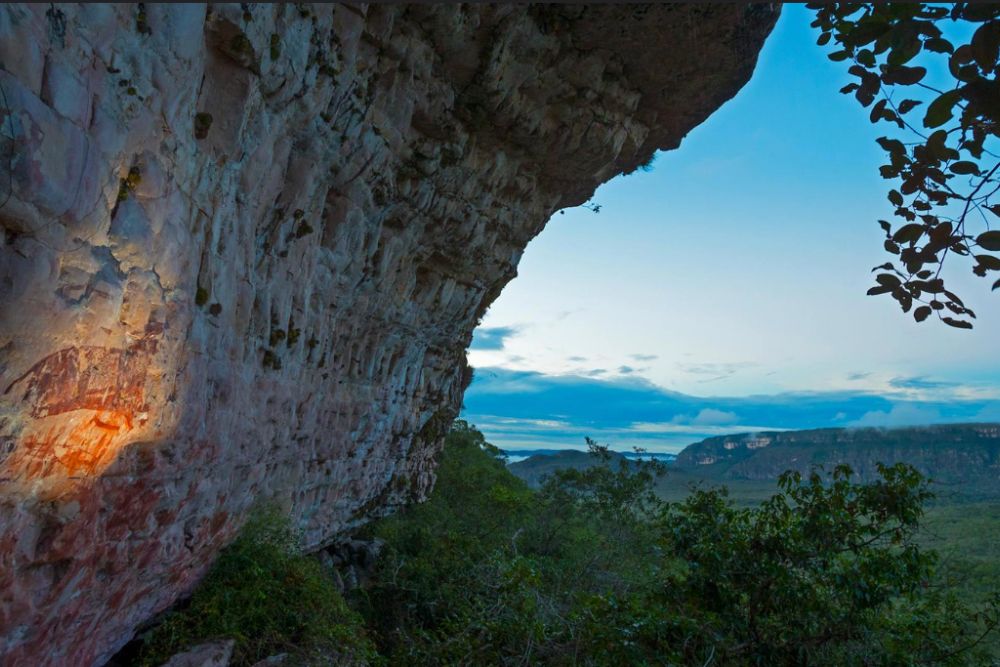
The world’s largest concentration of prehistoric rock art lies in Colombia’s Amazon rainforest, spanning over 75,000 paintings across towering tepuis. These ancient galleries, some dating back more than 20,000 years, depict scenes of hunting, dancing, and geometric patterns.
The park’s remote location and restricted access have helped preserve the artwork and the indigenous cultures that still consider this place sacred. Scientists continue discovering new paintings and archaeological evidence that reshape our understanding of early human habitation in South America.
The site’s massive scale and historical significance earned it UNESCO World Heritage status in 2018.
Like Travel Pug’s content? Follow us on MSN.
Huaca Pucllana, Peru

Rising from the heart of Lima’s Miraflores district, this adobe and clay pyramid was built around 500 AD by the Lima Culture. The seven-tiered structure was an administrative and ceremonial center, hosting important religious rituals.
Recent excavations have revealed elaborate tombs containing well-preserved mummies and artifacts from the Lima and Wari cultures. The on-site restaurant offers a unique dining experience with views of the illuminated ruins at night.
The contrast between the ancient pyramid and the surrounding modern city creates a striking testament to Lima’s layered history.
Tiwanaku, Bolivia
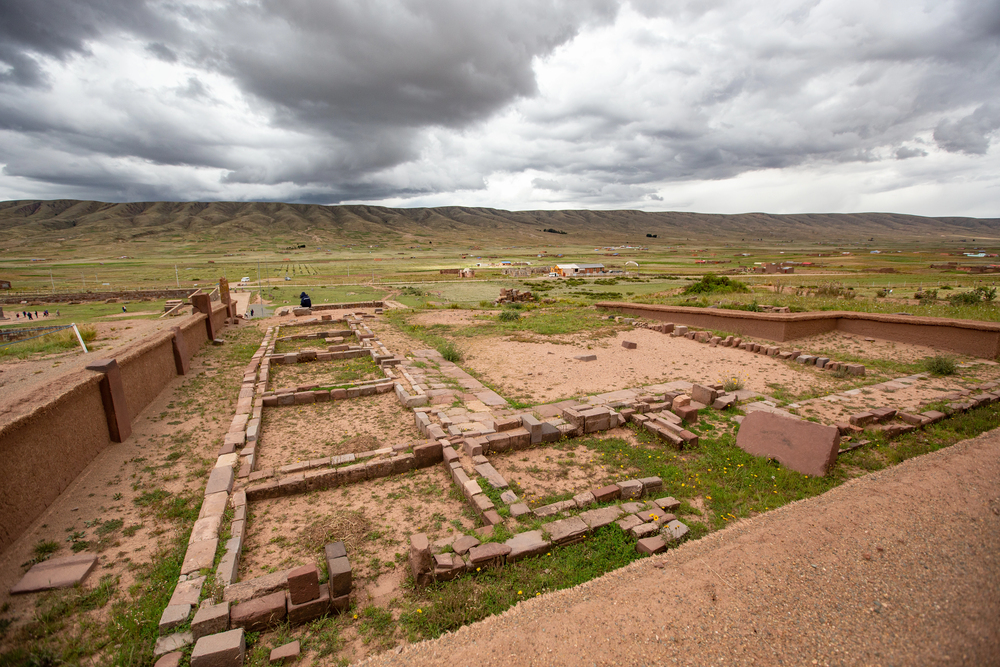
Sprawling across Bolivia’s altiplano at 12,500 feet above sea level, Tiwanaku was once the capital of a powerful pre-Incan empire. The site’s massive stone blocks, some weighing over 100 tons, were fitted together with remarkable precision using advanced engineering techniques.
The iconic Sun Gate and Bennett Monolith showcase their creators’ sophisticated astronomical knowledge and artistic skills. Recent underwater archaeological discoveries in nearby Lake Titicaca have revealed even more about this mysterious civilization.
The site’s museum houses an impressive collection of artifacts, including intricately carved vessels and textiles.
Incallajta, Bolivia

Hidden in Bolivia’s Cochabamba Valley, Incallajta stands as the largest known Inca site in the country. The complex served as a major administrative and ceremonial center, featuring one of the largest kallanka (great hall) structures in the Inca Empire.
The site’s strategic location helped control trade routes between the highlands and the Amazon basin. Remarkably well-preserved agricultural terraces and water channels demonstrate the Incas’ advanced understanding of agriculture at high altitudes.
The remote location means you’ll likely have the entire site to explore leisurely.
Like Travel Pug’s content? Follow us on MSN.
Santa Cruz de Mompox, Colombia
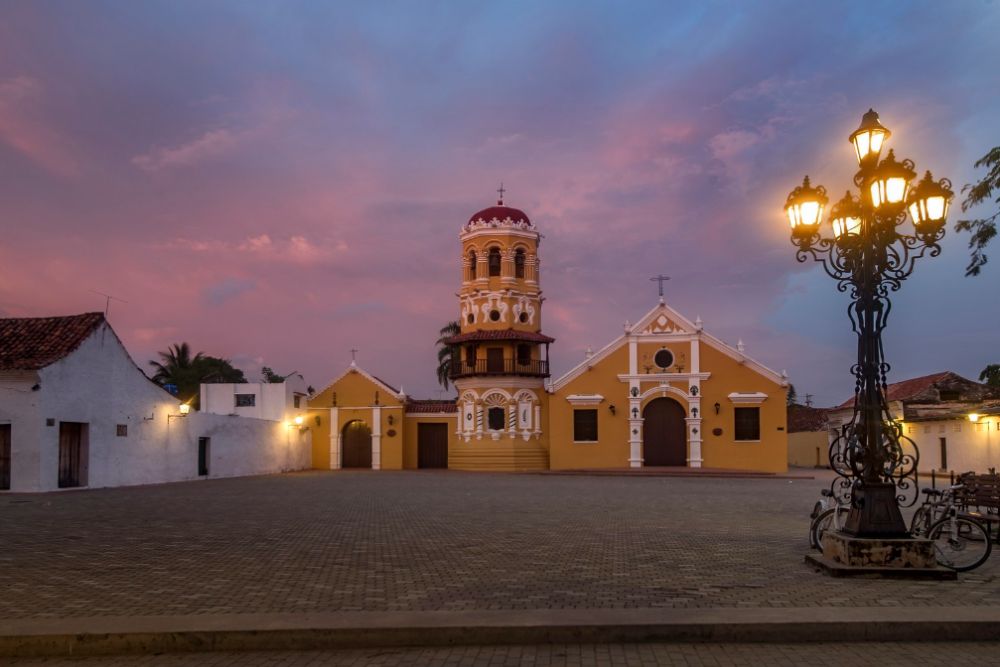
This well-preserved colonial town, founded in 1540, is on an island in the Magdalena River. The architecture reflects the town’s historic importance as a major river port and center for precious metal trading. Ornate churches, grand mansions, and intricate ironwork testify to the wealth that once flowed through this remote settlement.
Time stands still in Mompox, where traditional silversmiths practice their craft using centuries-old techniques. The town’s inclusion on UNESCO’s World Heritage list helps protect its authentic colonial character.
San Ignacio Miní, Argentina
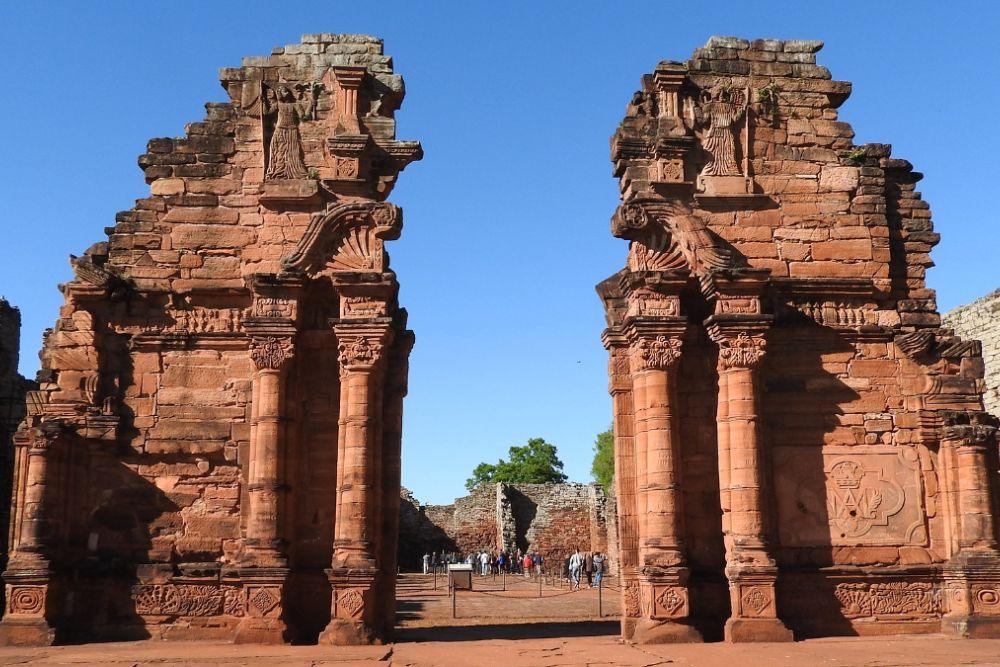
These remarkably preserved Jesuit ruins in Argentina’s Misiones Province showcase the unique fusion of European and Guarani architectural styles. The mission’s elaborate baroque architecture includes intricate stone carvings combining Christian and indigenous motifs.
The site’s sophisticated urban planning reflects the Jesuits’ vision of creating self-sufficient Christian communities. Regular guided tours help visitors understand the complex social structure within these mission settlements.
The site’s excellent preservation allows visitors to imagine daily life in this 17th-century religious community.
Chavin de Huantar, Peru
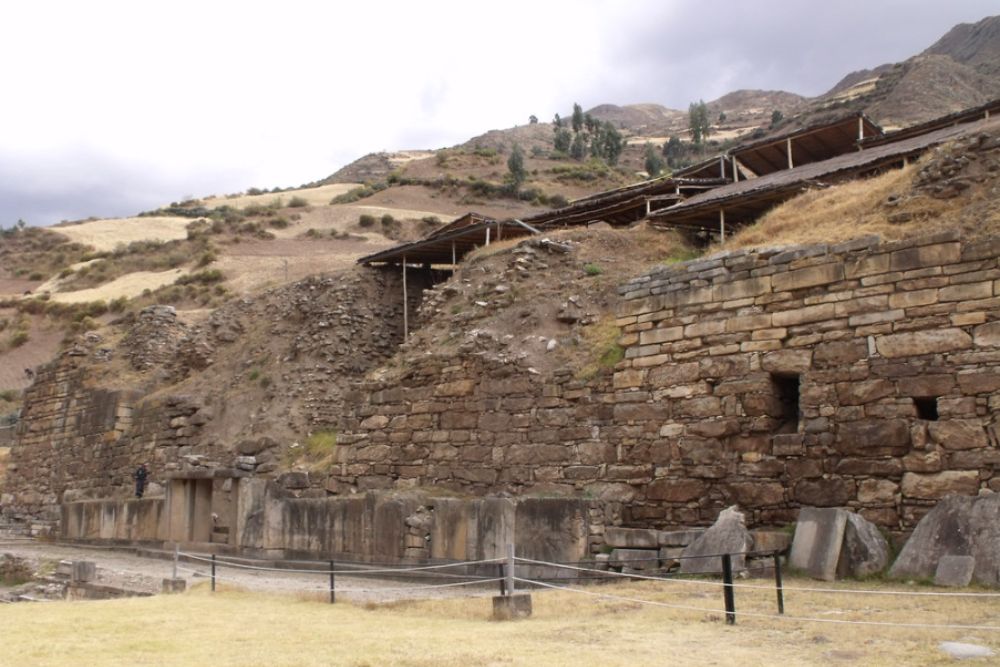
This ancient ceremonial center, built around 1200 BC, represents one of the earliest and most influential pre-Incan cultures. The complex’s underground passages and galleries create an intentionally disorienting experience that was likely part of religious ceremonies.
The site’s famous carved stone heads and intricate relief work influenced art styles throughout ancient Peru. Recent archaeological discoveries continue to reveal new insights about this sophisticated culture.
The high-altitude location at 10,499 feet adds to the site’s mysterious atmosphere.
Like Travel Pug’s content? Follow us on MSN.
Ciudad de Piedra, Bolivia
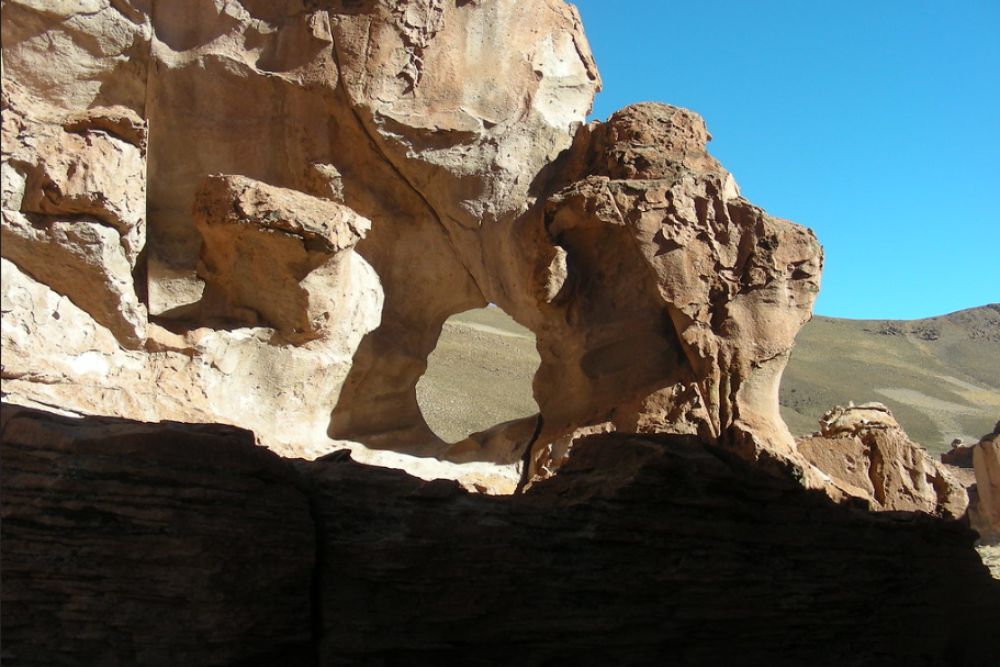
This ‘City of Stone’ features remarkable rock formations naturally sculpted into shapes resembling buildings, animals, and faces. Ancient cave paintings and petroglyphs throughout the site indicate human habitation dating back thousands of years.
The area served as an important ceremonial center for various pre-Columbian cultures. Local guides can help you discover hidden rock art panels and explain their cultural significance.
The site’s remote location in Bolivia’s Altiplano provides a uniquely peaceful exploration experience.
Ingapirca, Ecuador
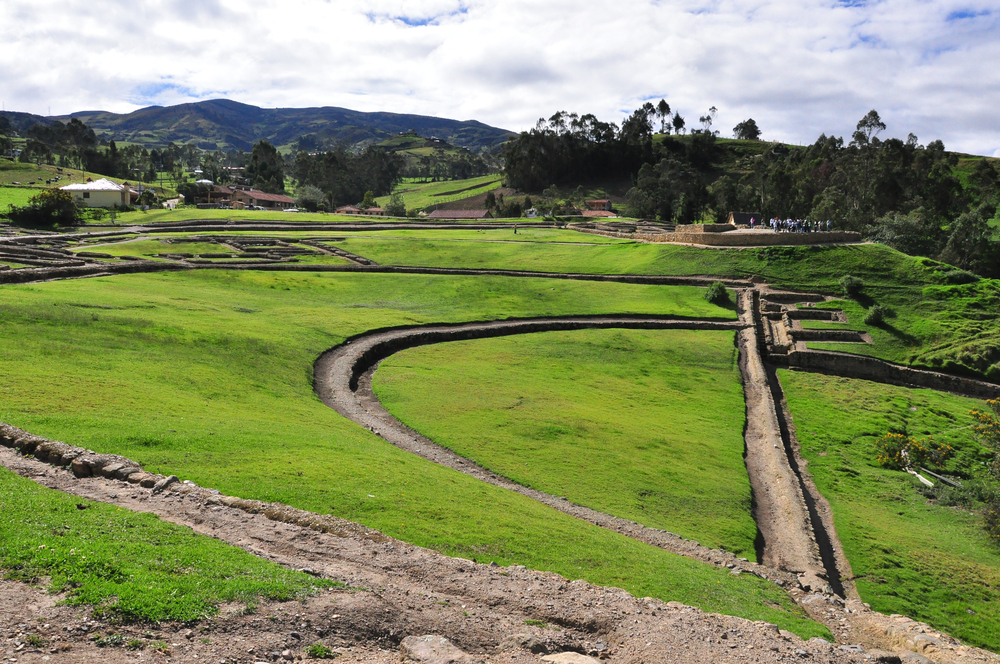
As Ecuador’s largest known Inca ruins, Ingapirca demonstrates the unique blend of Inca and Cañari architectural styles. The site’s most impressive feature is the Temple of the Sun, built with precisely cut stones that align with summer and winter solstices.
Archaeological evidence suggests this was an important administrative center along the Qhapaq Ñan (Inca Trail). The on-site museum displays an impressive collection of artifacts from both cultures.
The surrounding countryside offers spectacular views of Ecuador’s southern highlands.
Quilcas Caves, Peru
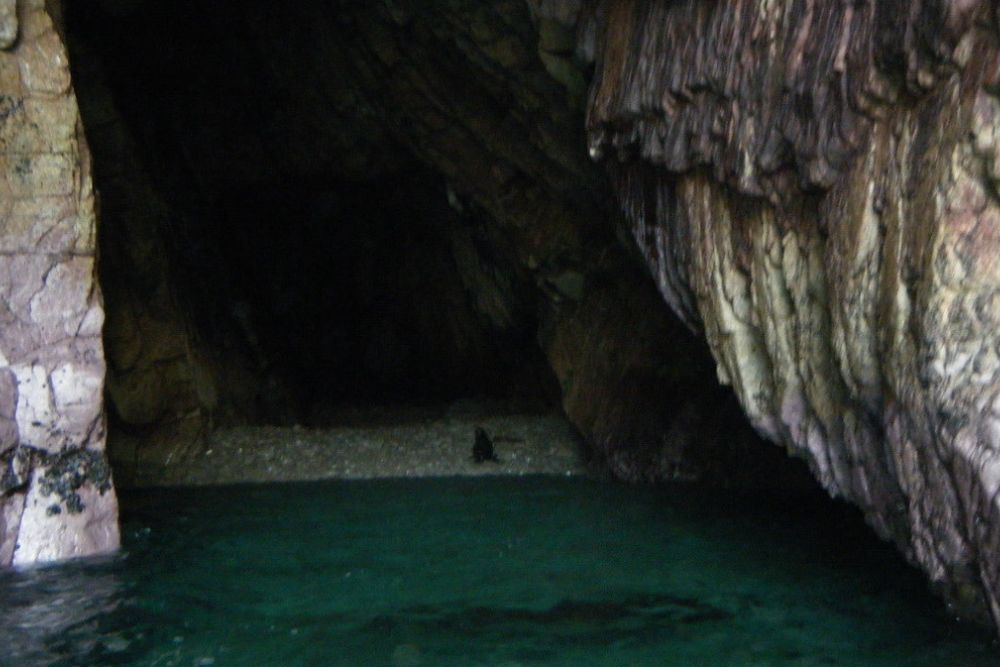
These lesser-known caves in Peru’s central highlands contain some of South America’s oldest rock art, dating back over 12,000 years. The cave paintings depict various hunting scenes and daily activities of early human inhabitants.
Recent archaeological studies have revealed evidence of continuous human occupation spanning several millennia. The site’s high elevation at 11,483 feet helped preserve these ancient artworks.
Local communities maintain strong connections to this sacred ancestral site.
Like Travel Pug’s content? Follow us on MSN.
Lost City (Ciudad Perdida), Colombia
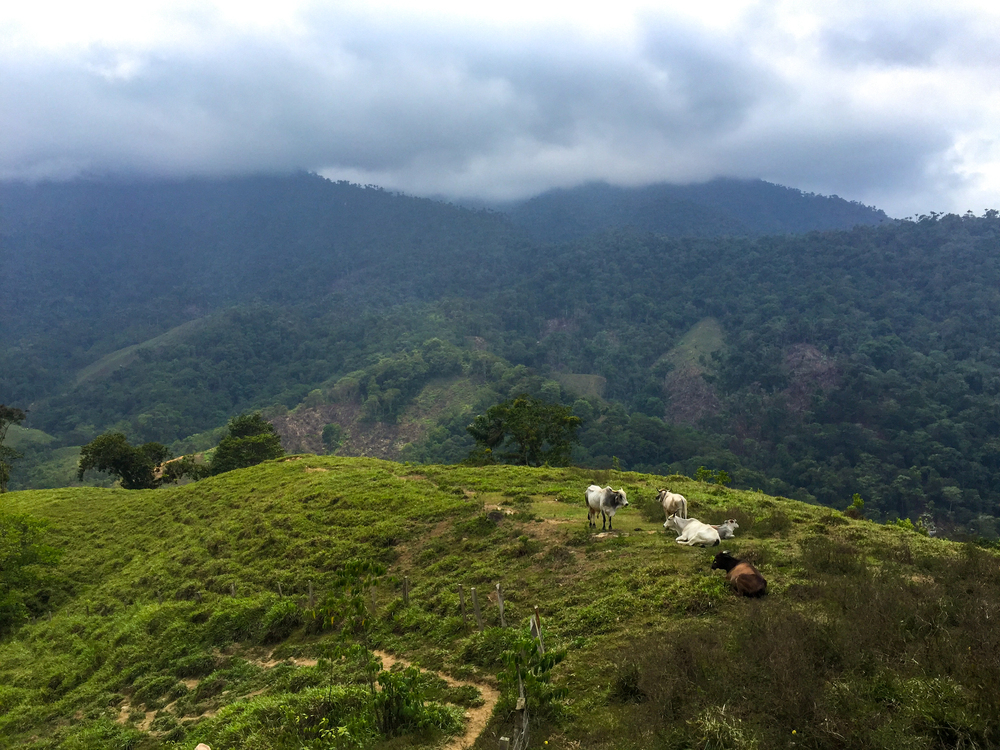
Hidden deep in Colombia’s Sierra Nevada mountains, this ancient city predates Machu Picchu by about 650 years. The site features over 169 terraces carved into the mountainside, connected by a complex network of tiled stone paths.
The challenging trek to reach the ruins adds to the sense of discovery and adventure. Indigenous communities still consider this site sacred and maintain spiritual connections to their ancestral home.
The surrounding jungle environment hosts an incredible diversity of wildlife and plant species.
Embracing South America’s Hidden Past
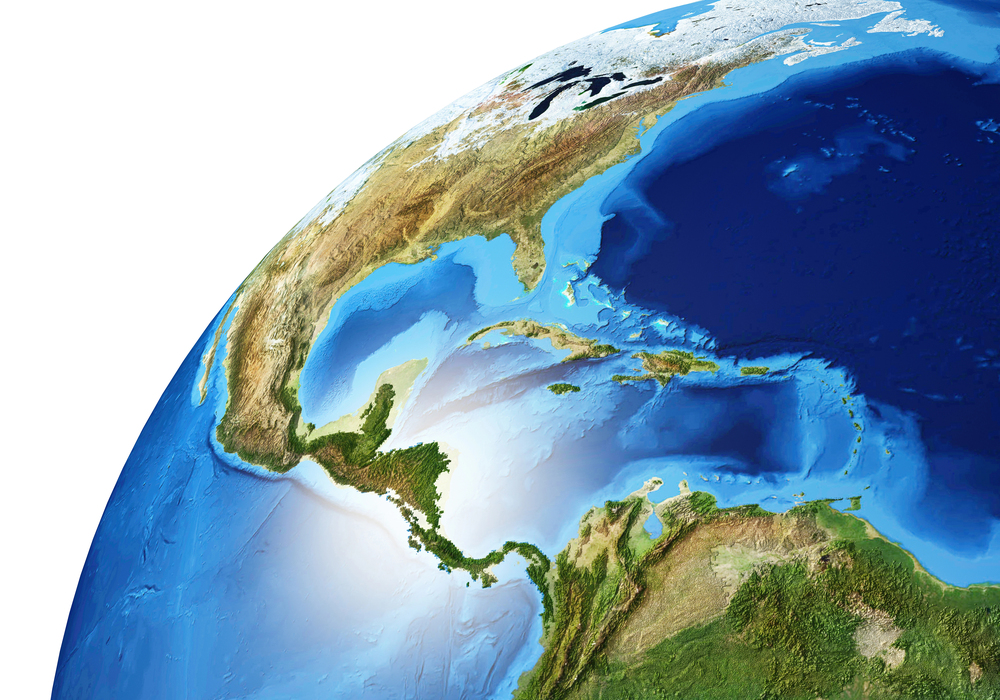
These lesser-known historical sites offer authentic glimpses into South America’s rich cultural heritage, proving there’s much more to discover beyond the famous tourist attractions. Each site tells a unique story of human ingenuity, cultural exchange, and historical significance that continues to captivate visitors today.
Whether you’re an experienced traveler or planning your first South American adventure, these hidden gems promise unforgettable experiences and a deeper understanding of the continent’s fascinating past.
More from Travel Pug

- 15 Dangerous European Cities to Avoid
- 15 Caribbean Islands Where Tourists Keep Getting Scammed
- The 20 Most Fascinating Abandoned Places: A Journey Through Time and Forgotten Spaces
- 15 Hidden Places in the Smithsonian Museums Locals Love: A Guide to Lesser-Known Treasures
- 16 Hidden Florida Beach Towns That Aren’t Overrun with Tourists
Like Travel Pug’s content? Follow us on MSN.
